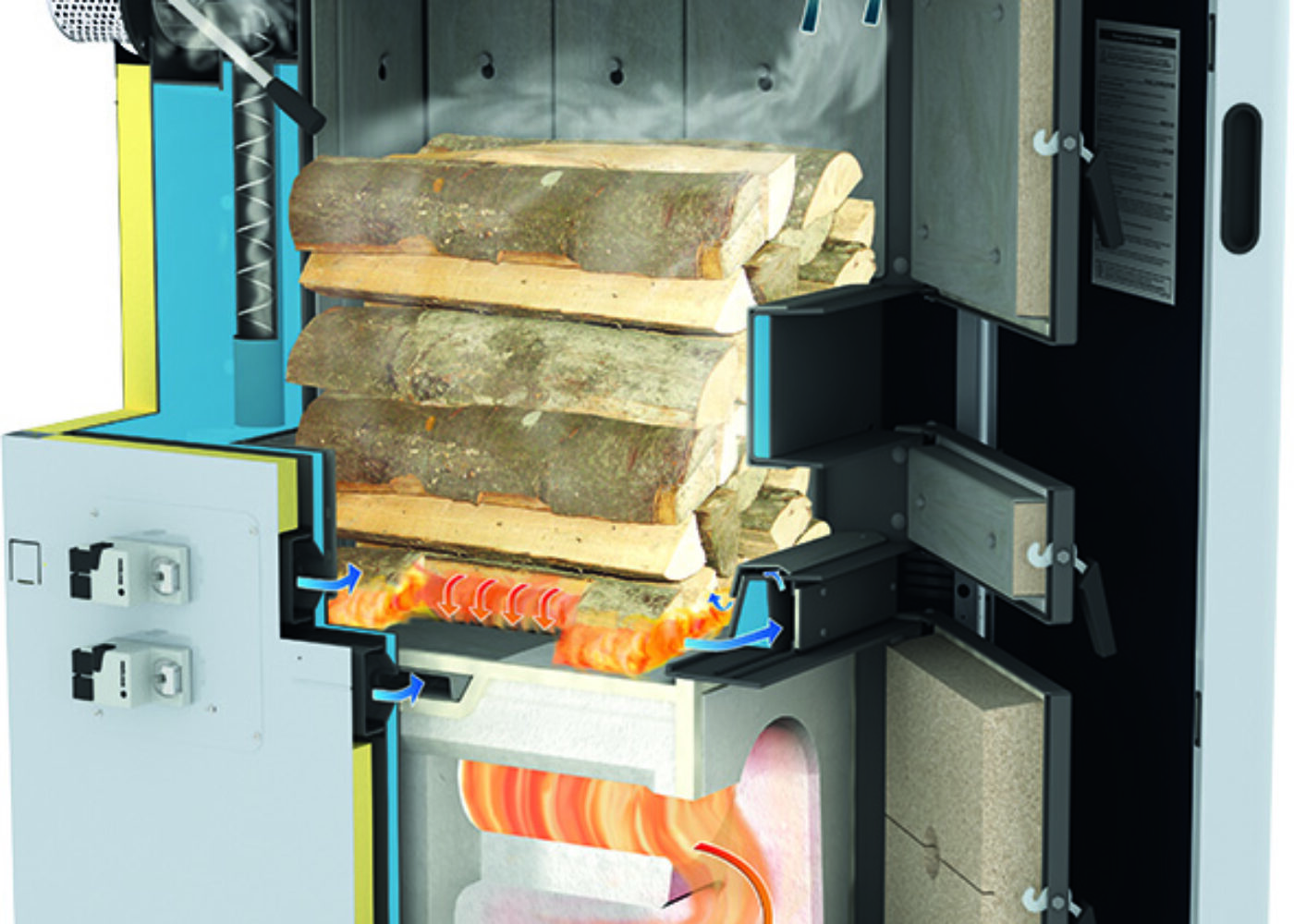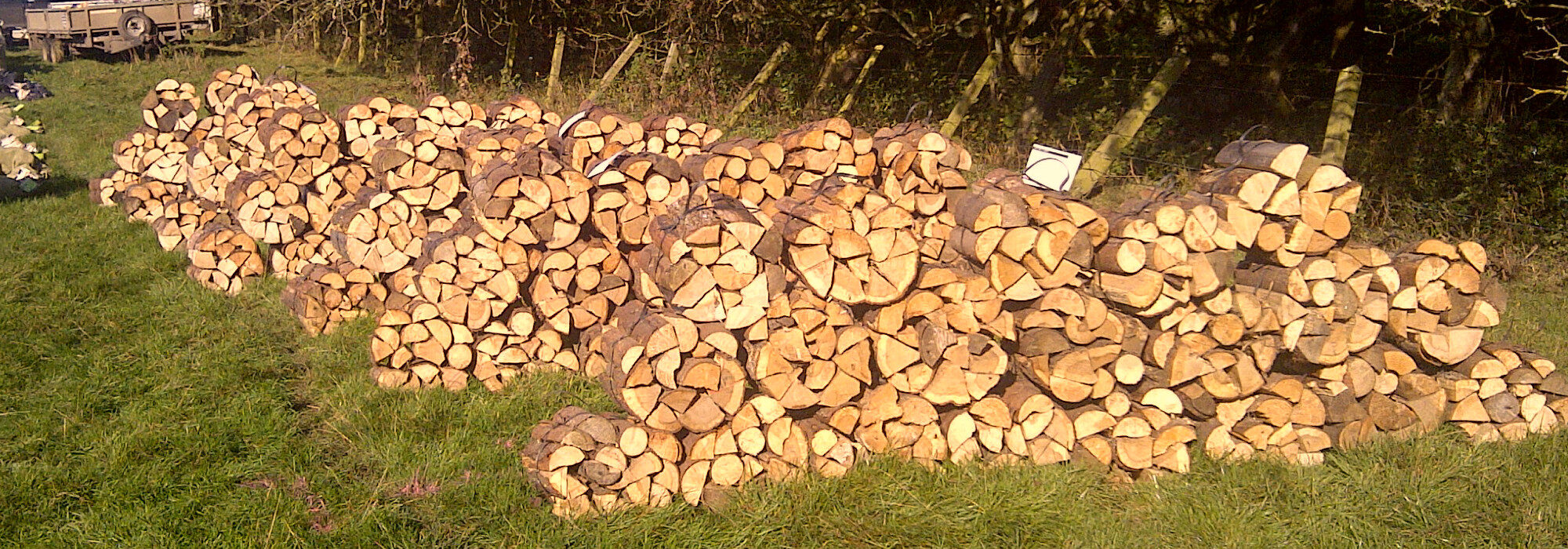Sustainable biomass fuel
Log boilers are typically designed for domestic and smaller commercial applications with both Froling and ETA offering boilers in the range of 20 – 60kW. They require manual loading with split logs of up to 500mm length and are designed to burn an entire load as efficiently as possible. The heat generated is normally stored in a large accumulator tank (also known as a buffer tank) and is then distributed as required to satisfy demand from the building(s). Depending on the design, they tend to need loading once or twice a week in summer to satisfy the need for domestic hot water and 2-3 times a day in winter to provide full heating of the property in harsh weather.
Some log boilers can be supplied with an integral pellet burner to give automatic backup heating should logs not be available or they can be integrated with a traditional oil boiler if required. This allows a flexible approach to fuelling the system, use logs when available and you have time to load the boiler, use pellets when away, the best of both worlds.
Benefits of Log Boilers
Log boilers tend to be cheaper as there are fewer moving parts since there is no automated fuel feed. They are also the best way for people to use their own biomass resources on a small scale. This can be a very cheap method of heating buildings.
The requirement for regular manual loading of the log boiler tends to be its most significant drawback. The space requirement to store 2 year’s worth of logs (one for current use, one ‘seasoning’ for future use) should also not be underestimated along with the work involved in processing the logs. It should also be noted that, unless a backup system is installed, there is no heat available when no one is around to load logs – this can cause problems, particularly in domestic settings if the occupants go on holiday in winter!
Log boilers are most suitable for smaller domestic and commercial applications where the occupants are content to undertake regular manual loading of the boiler. Typically, these boilers are installed in rural settings where the owners have access to cheap or free supplies of firewood and have space for storage and handling.






